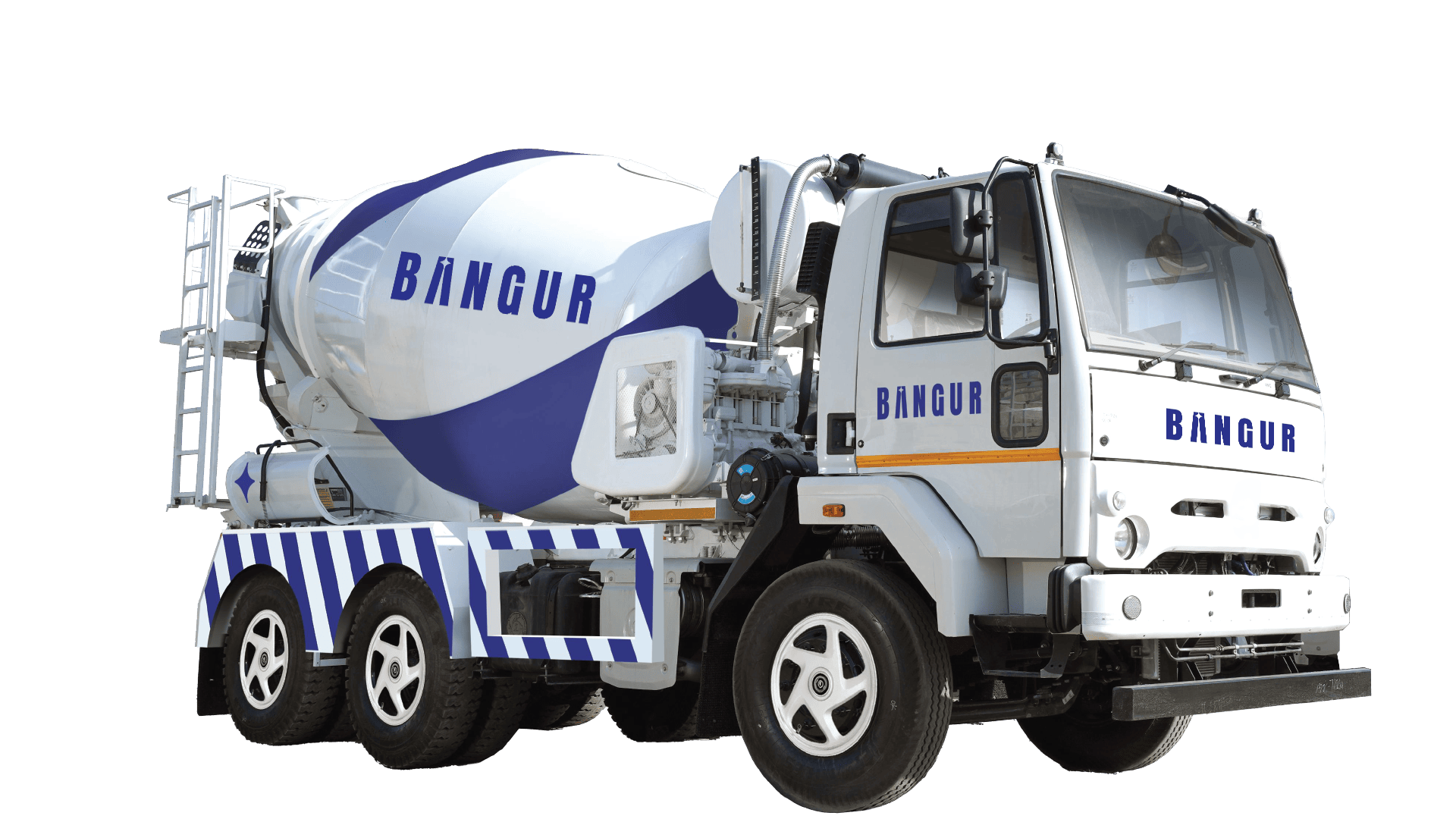
A Consumer’s Guide To Eco Friendly Building Materials
- Dec 30
- 4 min read
Sustainable building materials help us save natural resources, decrease waste, and have a smaller negative impact on the environment. They improve living conditions, reduce carbon footprints, and increase energy efficiency. At Bangur Cement we take measures to ensure our processes meet the highest standards of sustainability and impact our world and community in a positive way.
As such, the sustainable building materials industry is expected to hit the USD 333.31 billion mark by the end of 2024 and is anticipated to reach around USD 1,073.73 billion in the next ten years, growing at a solid CAGR of 12.41% over the forecast period 2024 to 2034. As a homeowner or a builder, you can refer to this article for the following eco-friendly construction materials which are largely contributing to the aforementioned statistics and helping us reduce carbon emissions.
5 Green Construction Materials That You Must Know About As a Homeowner
Bamboo
Bamboo is a highly sustainable and rapidly renewable resource with a lower carbon footprint than concrete, Bamboo is biodegradable, which means it will wear down naturally over time. Bamboo is also very affordable and accessible as a green building material. Its versatile nature allows bamboo to be adapted for a wide range of architectural styles.
Hempcrete
Hempcrete is a bio-composite building material with the wooden qualities of hemp in a lime-based binder. Hempcrete boasts of a porous, cellulosic structure, which enables excellent binding with lime. As a sustainable construction material, hempcrete is a good replacement for concrete thanks to its load-bearing capacity.
Mycelium
Mycelium is another eco-friendly, low–cost, biodegradable building material that does not pollute our land, air and water. Mycelium-based organic waste substrates consist of mixtures of paddy straw, and fine paddy powder, saw dust, wheat grain, etc. obtained through a sterilization process. These are known as mycelium composites which can lead to the construction of temporary structures which are easily installed and demolished upon use.
Recycled glass/plastic/steel
This is another energy-efficient source of building materials that offers low emissivity through specialized coatings to improve insulation. Low-iron glass is an example of recycled glass that offers durability and sound-dampening properties. Recycled glass/plastic/steel reduces the environmental impact of construction and diverts plastic from landfills.
Reclaimed wood
Reclaimed wood is one of the most environmentally friendly construction materials that you can adapt for your home architecture. Reclaimed or recycled wood is easy to source and transport which further reduces hassles when accumulating building materials. Reclaimed wood from orchards, post-industrial, and post-consumer sources contributes to the cleanup of natural areas and buildings.
Bangur Cement's exceptional strength, longevity, and environmentally friendly production make it perfect for sustainable real estate development with eco friendly building materials. It supports green building techniques and environmental responsibility in construction projects while assuring strong, long-lasting buildings with its minimal carbon emissions and superior binding qualities.
Frequently Asked Questions
Q: Is water-reclaimed wood an eco-friendly construction material?
A: Water-reclaimed wood which is known for its appearance, strength and durability, is one of the most ecologically friendly materials that reduces deforestation to a great extent. Orchard salvage and forest floor salvage yielded during the timber cutting process is an excellent example of water-reclaimed wood. Milling reclaimed wood or flooring and panelling is a reliable method of preserving existing forest space.
Q: Is recycled steel a green alternative to conventional concrete?
A: Recycled steel's reusability, low carbon footprint, and less resource depletion make it a greener option than traditional concrete. It supports environmentally friendly building techniques by providing exceptional strength, durability, and adaptability for a range of constructions. Steel recycling saves natural resources and lessens landfill trash, making it an environmentally responsible option.
Q: Why should we use precast concrete?
A: Precast concrete is sustainable, long-lasting, and effective. Off-site manufacturing guarantees constant quality, cuts down on waste, and shortens construction time. Energy efficiency is increased by its large thermal mass, and design flexibility is increased through customisation. Precast concrete is a wise choice for contemporary building since it minimizes site disturbance and encourages environmentally friendly methods.
Q: What are the benefits of eco-friendly glass?
A: Eco-friendly glass options like low-emissivity glass and double or triple glazing utilize specialized coatings and multiple panes for improved insulation. Some eco-friendly glass options like laminated glazing or sound-dampening PVBC interlayers help prevent noise pollution. Features like self-cleaning coatings further increase the efficacy of eco-friendly glass.

